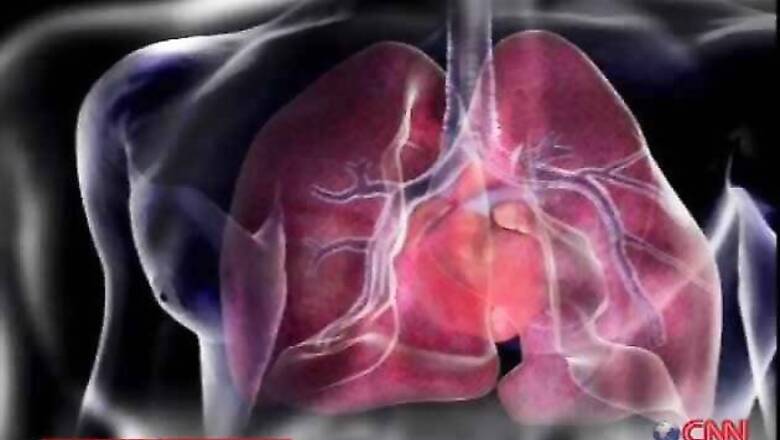
views
London: Researchers have developed a new battery less cardiac pacemaker which is based on an automatic wristwatch and is powered by heart motion.
"Batteries are a limiting factor in today's medical implants. Once they reach a critically low energy level, physicians see themselves forced to replace a correctly functioning medical device in a surgical intervention," said Adrian Zurbuchen from University of Bern, Switzerland.
"This is an unpleasant scenario which increases costs and the risk of complications for patients," Zurbuchen said.
Zurbuchen has now come up with a way to power a cardiac pacemaker with an alternative energy source - the heart motion.
Four years ago Professor Rolf Vogel, a cardiologist and engineer at the University of Bern, had the idea of using an automatic wristwatch mechanism to harvest the energy of heart motion.
"The heart seems to be a very promising energy source because its contractions are repetitive and present for 24 hours a day, 7 days a week," Zurbuchen said.
"Furthermore the automatic clockwork, invented in the year 1777, has a good reputation as a reliable technology to scavenge energy from motion," he said.
The researchers' first prototype is based on a commercially available automatic wristwatch. All unnecessary parts were removed to reduce weight and size.
They developed a custom-made housing with eyelets that allows suturing the device directly onto the myocardium.
The prototype works the same way it would on a person's wrist. When it is exposed to an external acceleration, the eccentric mass of the clockwork starts rotating. This rotation progressively winds a mechanical spring. After the spring is fully charged it unwinds and thereby spins an electrical micro-generator.
To test the prototype, the researchers developed an electronic circuit to transform and store the signal into a small buffer capacity. They then connected the system to a custom-made cardiac pacemaker.
















Comments
0 comment